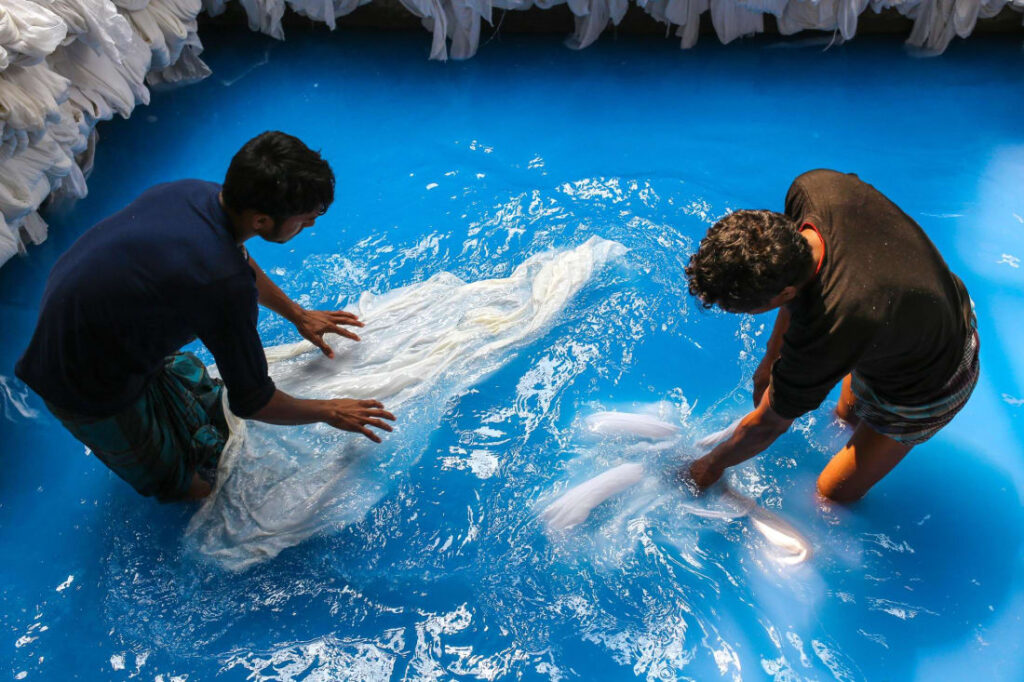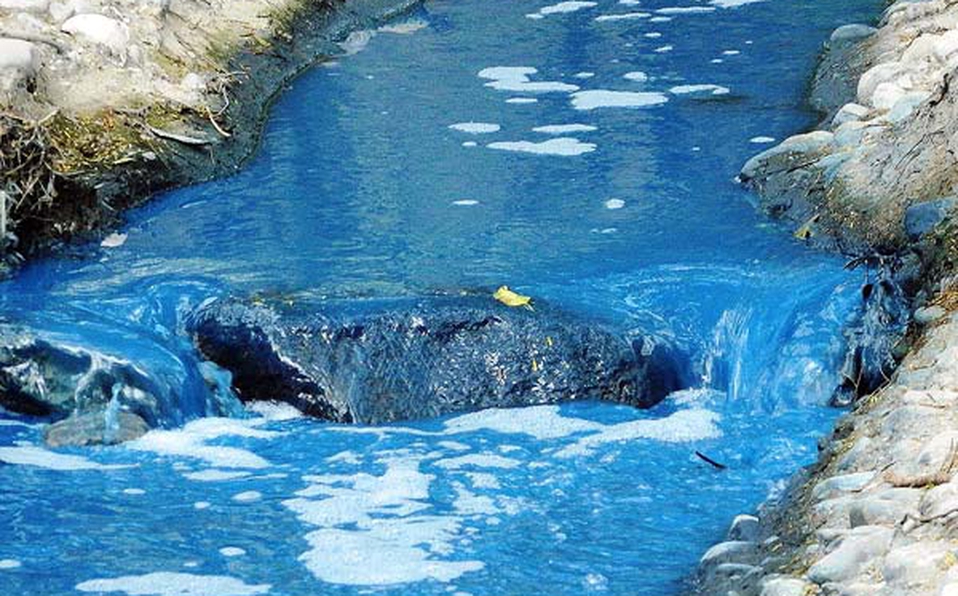
India’s textile industry, one of the largest in the world, plays a crucial role in the country’s economy. However, it is also a water-intensive sector, demanding substantial quantities of water for various processes, including dyeing, finishing, and washing. Effective water storage solutions are essential to meet the industry’s needs, ensure sustainability, and minimize environmental impact. This article explores the specific water storage requirements of India’s textile industry and how these needs can be addressed effectively.
Water Requirements in the Textile Industry
The textile industry’s water needs are diverse, ranging from the initial stages of yarn production to the final stages of fabric finishing. Key areas where water is crucial include:
Dyeing and Printing: This stage requires large volumes of water for mixing dyes and for the actual dyeing process. The process also involves extensive rinsing to remove excess dye and ensure colour fastness.
Washing and Finishing: Fabric washing and finishing processes, such as scouring and bleaching, require significant amounts of water. These processes are vital for preparing fabrics for market, affecting their quality and appearance.
Cooling Systems: Many textile mills use water in cooling systems to regulate machinery temperatures, preventing overheating and ensuring smooth operation.
Challenges in Water Storage for the Textile Industry
Effective water storage in the textile industry faces several challenges:
High Consumption Rates: The large volumes of water needed for production can strain local water resources, especially in regions experiencing water scarcity.
Contamination Issues: Water used in dyeing and finishing often contains chemicals that can contaminate water sources. Proper storage and treatment are essential to mitigate environmental impact.
Storage Infrastructure: Adequate infrastructure is required to store water safely and efficiently. This includes maintaining the quality of stored water and preventing leaks and contamination.
Effective Water Storage Solutions
To address these challenges, the textile industry can implement a range of effective water storage solutions:
1. Rainwater Harvesting Systems
Rainwater harvesting is an effective method for supplementing water supplies in textile mills. By collecting and storing rainwater from roofs and other surfaces, textile facilities can reduce their reliance on external water sources. This method not only provides a sustainable water source but also helps manage storm water runoff.
Example: Several textile units in Tamil Nadu have adopted rainwater harvesting systems, which have significantly alleviated their dependency on municipal water supplies. The collected rainwater is treated and used in various stages of production.
2. On-Site Water Recycling and Reuse
Water recycling involves treating and reusing water within the facility. This method can drastically reduce the amount of freshwater required for operations and minimize wastewater generation.
Example: In Surat, Gujarat, textile units have implemented closed-loop water recycling systems. These systems treat wastewater from dyeing and finishing processes, allowing the water to be reused for similar processes, thus conserving resources and reducing costs.

3. Greywater Recycling
Greywater recycling focuses on reusing water from sinks, showers, and other non-contaminated sources. This recycled water can be used for less sensitive processes, such as cooling and irrigation.
Example: The textile industry in Ludhiana has successfully integrated greywater recycling systems. By reusing greywater for cooling and landscaping, mills have reduced their overall water consumption and operational costs.
4. Large-Scale Storage Tanks
Large-scale storage tanks are essential for managing high water demands. These tanks can be used to store both freshwater and treated wastewater, ensuring a steady supply for production needs.
Example: In Jaipur, textile mills have invested in large storage tanks that hold treated water. This infrastructure ensures that water is available during peak production times and helps in balancing supply and demand.
5. Advanced Water Treatment Technologies
Advanced water treatment technologies such as reverse osmosis, ultrafiltration, and activated carbon filtration can improve the quality of water stored for industrial use. These technologies help in removing contaminants and ensuring that the water is safe for use in textile processes.
Example: In Ahmedabad, textile units have installed advanced water treatment facilities to purify both incoming water and recycled water. This approach not only enhances water quality but also supports compliance with environmental regulations.
Conclusion
Water storage plays a pivotal role in supporting India’s textile industry, which relies heavily on water for various production processes. By implementing effective storage solutions, such as rainwater harvesting, water recycling, and advanced treatment technologies, the industry can address its water needs more sustainably. These measures not only ensure a reliable water supply but also contribute to reducing environmental impact and enhancing operational efficiency. As the textile industry continues to grow, adopting innovative water management practices will be crucial for its long-term sustainability and success.


